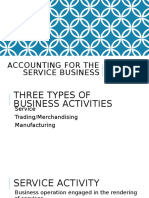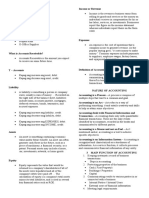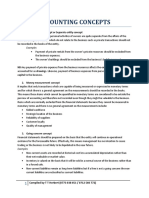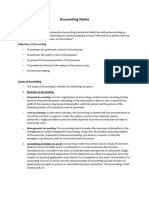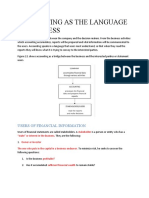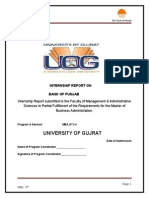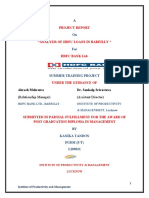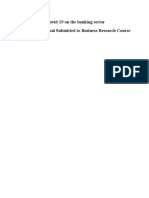0% found this document useful (0 votes)
19 views8 pagesFOA Lesson 2
The document outlines key accounting concepts and principles, including the structure of accounting systems, the Generally Accepted Accounting Principles (GAAP), and fundamental concepts such as the Entity Concept and Periodicity. It details the types of financial statements, including the Balance Sheet, Income Statement, and Statement of Cash Flows, along with classifications of assets, liabilities, and owner's equity. Additionally, it explains basic accounting principles such as Objectivity, Historical Cost, and Accrual, which guide the recording and reporting of financial transactions.
Uploaded by
jillankimhCopyright
© © All Rights Reserved
We take content rights seriously. If you suspect this is your content, claim it here.
Available Formats
Download as PDF, TXT or read online on Scribd
0% found this document useful (0 votes)
19 views8 pagesFOA Lesson 2
The document outlines key accounting concepts and principles, including the structure of accounting systems, the Generally Accepted Accounting Principles (GAAP), and fundamental concepts such as the Entity Concept and Periodicity. It details the types of financial statements, including the Balance Sheet, Income Statement, and Statement of Cash Flows, along with classifications of assets, liabilities, and owner's equity. Additionally, it explains basic accounting principles such as Objectivity, Historical Cost, and Accrual, which guide the recording and reporting of financial transactions.
Uploaded by
jillankimhCopyright
© © All Rights Reserved
We take content rights seriously. If you suspect this is your content, claim it here.
Available Formats
Download as PDF, TXT or read online on Scribd
/ 8
